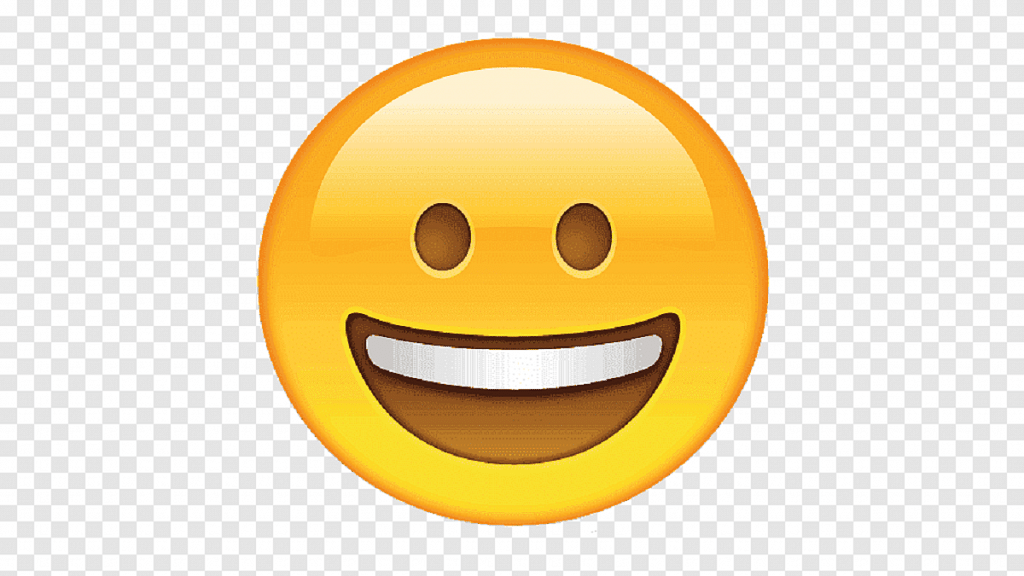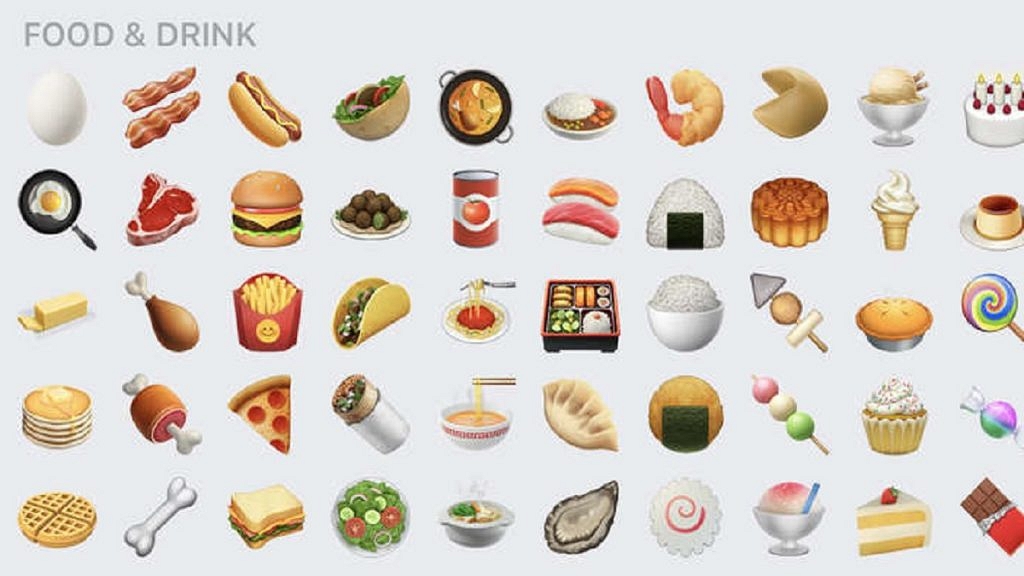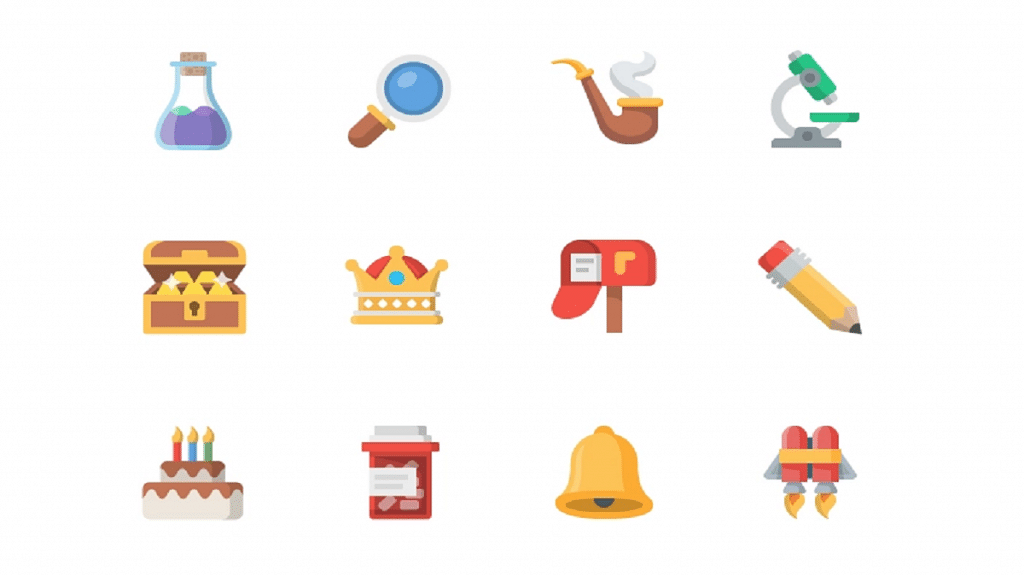Key Highlights
- WhatsApp emojis are a fun and useful tool in digital communication
- They allow us to express emotions, convey meaning, and add context to our messages
- It’s important to understand the meanings of emojis and use them effectively in our conversations
WhatsApp emojis are a popular and fun way to express emotions and convey messages in digital conversations. They are small pictorial symbols that represent various emotions, actions, objects, and ideas, and are used to enhance the meaning and context of text messages. With thousands of different emojis available, it’s important to understand their meanings and how to use them effectively. Also Read | WhatsApp Avatar DP: How To Create Cool WhatsApp Personalized Avatars For Profile Picture, Sticker Pack
Types Of Emojis On WhatsApp
There are several types of emojis on WhatsApp, each with its own distinct meaning and purpose. Here are some of the most common ones:
Smiley Emojis

These emojis represent different emotions, such as happiness, sadness, anger, and surprise. They are often used to convey the tone of a message and show the sender’s mood.
People and Body Parts Emojis
These emojis represent different people and body parts, such as hands, feet, and faces. They are often used to indicate a person’s gender, age, or ethnicity.
Also Read | Want To Read Full WhatsApp Messages Without Seen Or Blue Tick: Here’s The Hidden Hack
Animal Emojis
These emojis represent different animals, such as cats, dogs, and birds. They are often used to express affection for pets or to indicate an animal’s behavior or characteristics.
Food and Drink Emojis

These emojis represent different types of food and drink, such as pizza, beer, and coffee. They are often used to indicate a person’s preferences or to suggest a particular type of cuisine.
Object Emojis

These emojis represent different objects, such as cars, phones, and computers. They are often used to indicate a person’s interests or to express their opinions on various topics.
Understanding the meanings of these emojis is crucial in effective communication. For instance, the red heart emoji is often used to indicate love or affection, while the laughing face emoji is used to express humor or amusement. Similarly, the angry face emoji can be used to indicate frustration or anger, while the crying face emoji can indicate sadness or empathy.
